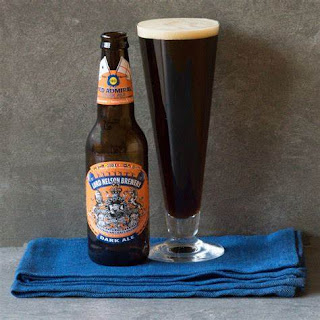Thought Bites - Clovis and the Norse Heroic Ideal
In his essay "BEOWULF: THE MONSTERS AND THE CRITICS" (1936), J.R.R. TOLKIEN wrote that
"In the epoch of Beowulf (produced between 975 and 1025) a Heroic Age more wild and primitive than that of Greece is brought into touch with Christendom, with the Sermon on the Mount, with Catholic theology and ideas of Heaven and Hell."
This "fusion-point of imagination", as Tolkien calls it, which united the Norse heroic ideal with the Christian idea of sainthood found its inception in the baptism of Clovis I in 506.
And yet the ideals of the Norse hero and the Christian saint are NOT the same. While Christianity acknowledges the violence of the world it suggests that one must return violence with love, greed with poverty, power with humility. Christians were, from early on, encouraged to "turn the other cheek," "sell all they have and give it to the poor," "take up their cross" and follow Christ who, himself, "suffered death, even death on the cross" as Paul wrote.
The Norse idea is framed by the knowledge of Ragnarok, or the "inevitable overthrow in Time." Yet in the face of known defeat the warrior professes "the exaltation of undefeated will", an "indomitability" of spirit, "man at war with the hostile world." Those forces opposed to the gods, therefore, "are identified with the foes of God. Grendel and the dragon are constantly referred to in language which is meant to recall the powers of darkness with which Christian men felt themselves to be encompassed. They are the 'inmates of Hell', 'adversaries of God', 'offspring of Cain', 'enemies of mankind'," as R.W. Chambers wrote.
When these two ideals of heroism were united, says Tolkien, "The monsters remained the enemies of mankind, the infantry of the old war, and became inevitably the enemies of the one God, ece Dryhten, the eternal Captain of the new. Even so the vision of the war changes."
Clovis was baptized on Christmas Day in 508. The adoption by Clovis of Catholicism led to widespread conversion among the Frankish peoples; to religious unification across what is now modern-day France, the Low Countries and Germany; three centuries later, to Charlemagne's alliance with the Bishop of Rome; and in the middle of the 10th century under Otto I the Great, to the consequent birth of the early Holy Roman Empire.
Consequently the fusion of the Norse heroic ideal with Christian Sainthood became the image of European heroism culminating in the sine qua non of Saint Louis, the struggle with Islam, and the framing of much of European culture leading up even into our own era.



Comments
Post a Comment